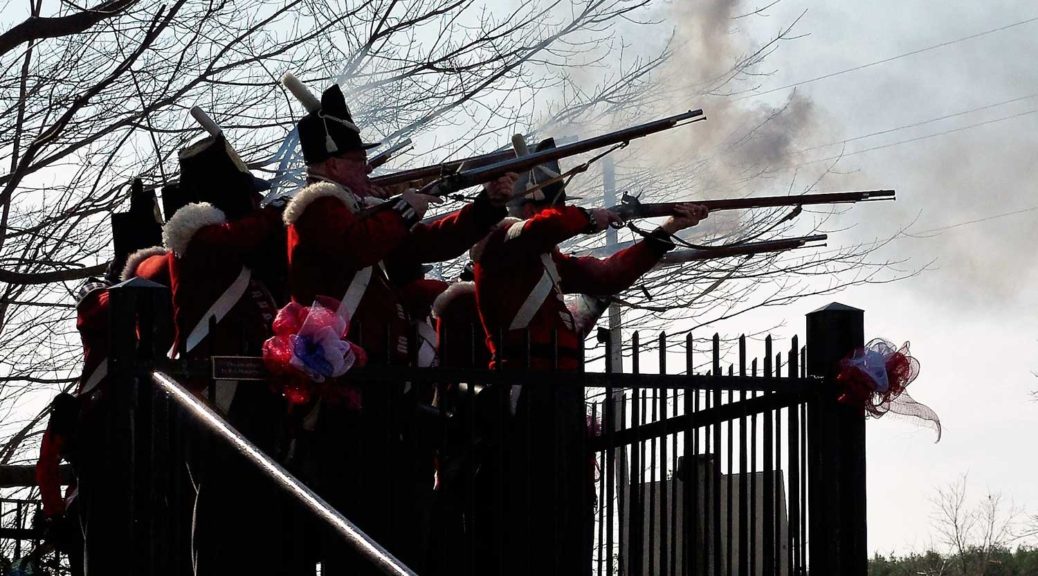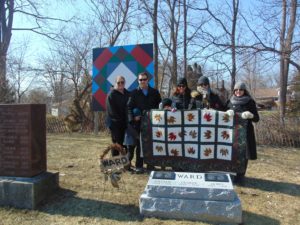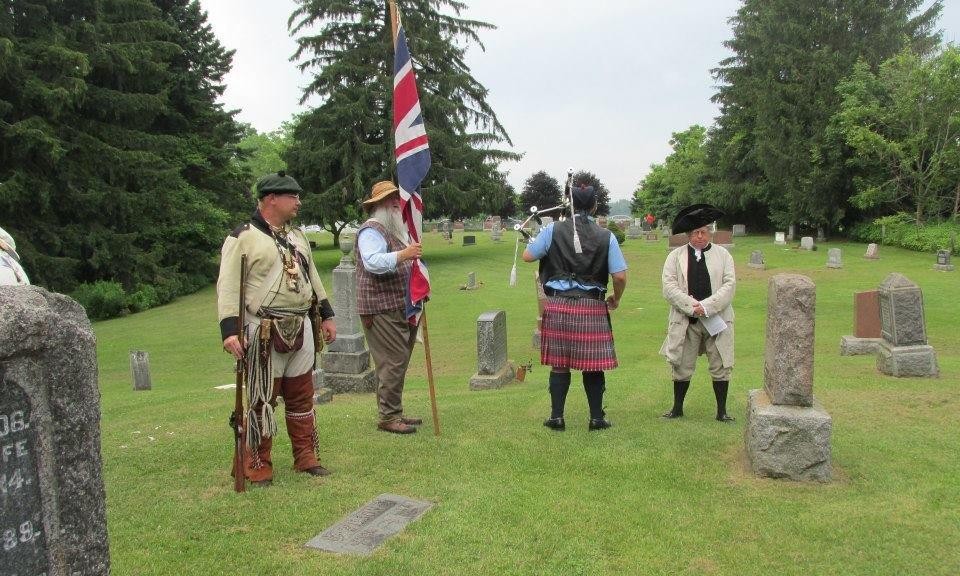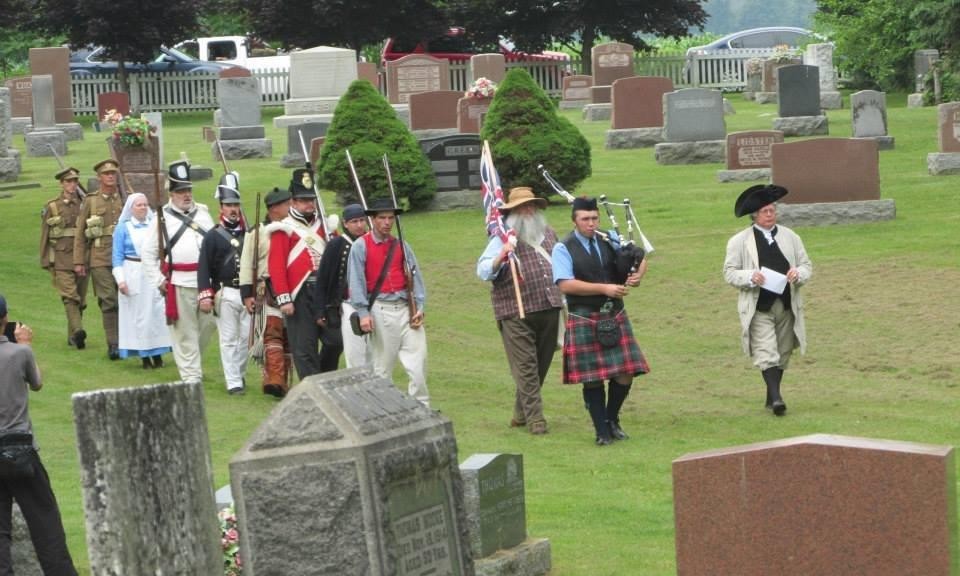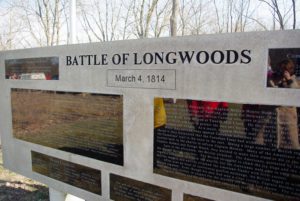
William Ward, eldest son of career soldier, George Ward, grew up on the banks of the Thames River in an area called Paint Creek, Longwoods. Much later this area was named for his father and mother, George Ward and Margaret (Shaw) Ward. Both parents were born in Ireland but arrived in this area of Upper Canada as a soldering family. At the request of Lieutenant Governor John Simcoe, George Ward was appointed to command a block house on the Thames River as well as four gun boats. George Ward was also to establish a public house (halfway tavern/inn) in the Paint Creek area.


